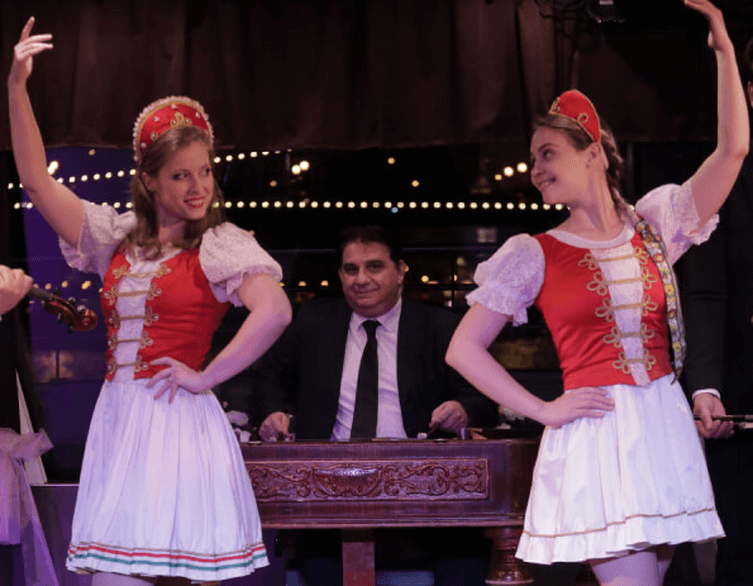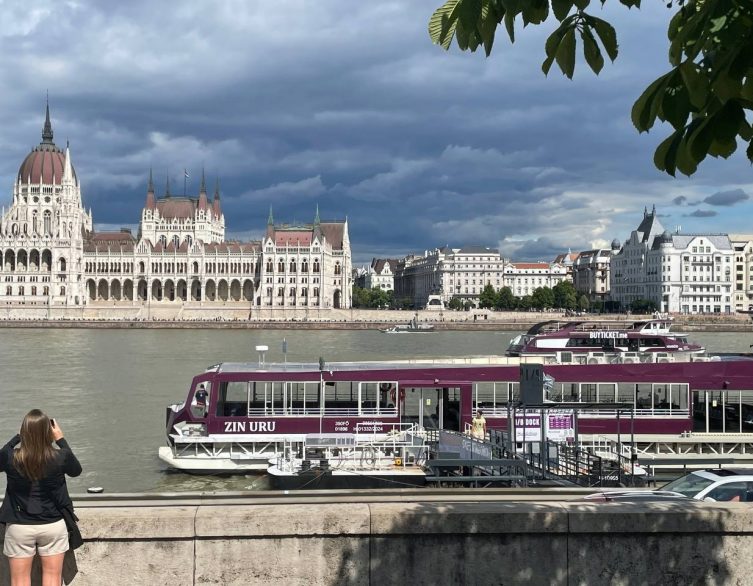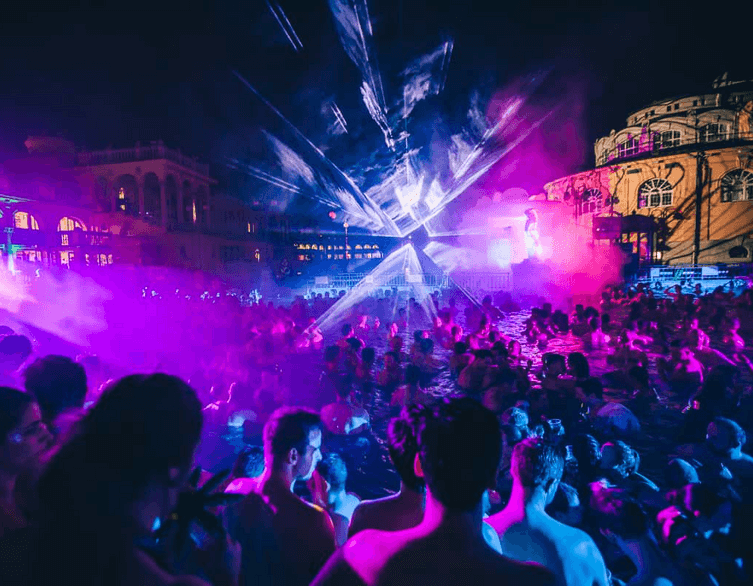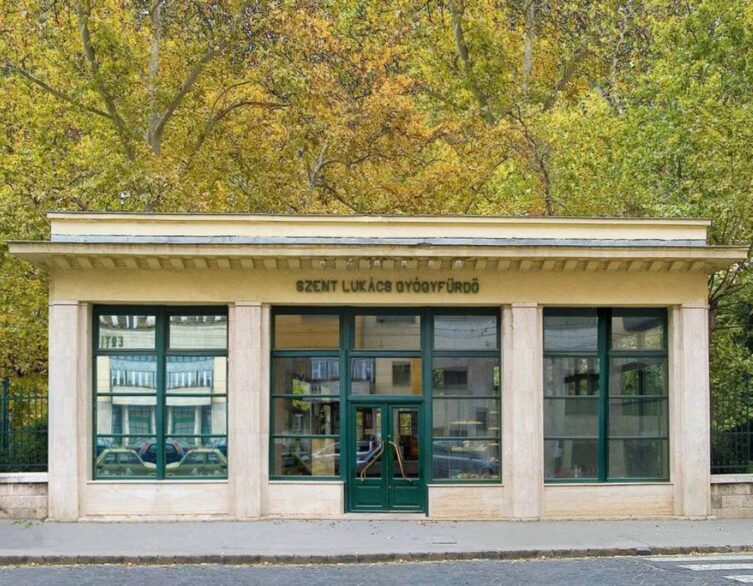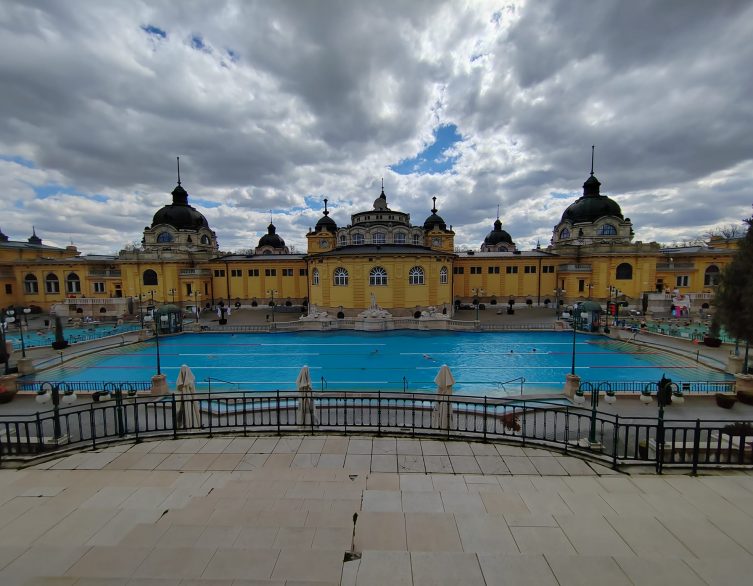Budapest: The City of Baths and Its Timeless Spa Culture
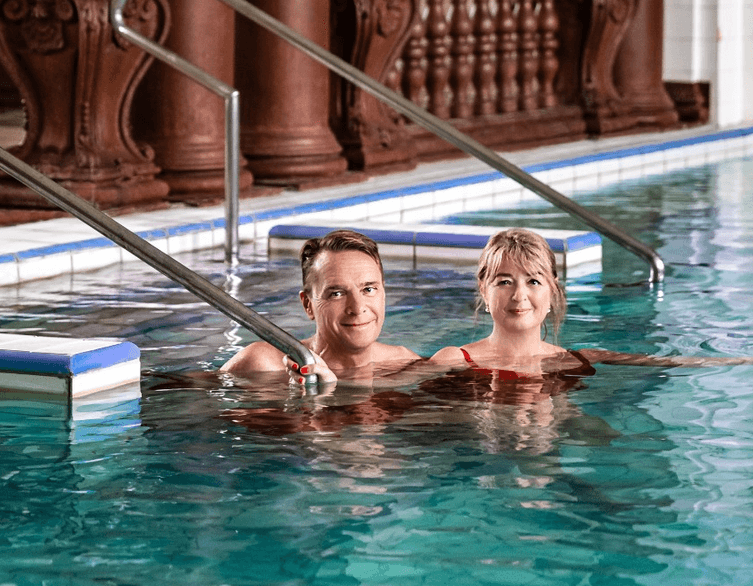
Budapest, often referred to as the “Spa Capital of the World,” is a destination like no other. Beneath its bustling streets lies a treasure trove of thermal springs that have shaped the city’s identity for over two millennia. For foreign tourists visiting Budapest, the city’s bath culture offers not only relaxation but an immersive journey through history, architecture, and wellness.
A Legacy Born from Thermal Springs
The story of Budapest’s baths begins with its natural gifts. The city is home to over 120 thermal springs, producing millions of liters of mineral-rich water daily. These springs have been celebrated for their healing properties since Roman times. The Romans, who established their regional capital at Aquincum (present-day Óbuda), built luxurious bathhouses that served both medicinal and social purposes. Remnants of these ancient structures can still be seen today, offering a glimpse into the sophisticated bathing culture that flourished in the region.
The tradition continued during the Ottoman occupation in the 16th and 17th centuries, when Turkish rulers introduced hammam-style baths. These featured octagonal pools beneath domed ceilings with glass inlays, creating an ambiance of light and tranquility. Iconic baths such as Rudas and Király trace their origins back to this era, preserving the architectural elegance and cultural significance of Turkish bathing practices.
The Golden Age of Budapest’s Baths
While the Turkish baths laid the foundation, it was during the Austro-Hungarian Empire that Budapest’s spa culture truly blossomed. The 19th century saw the construction of grand bathhouses like Széchenyi and Gellért, which combined therapeutic treatments with opulent design.
Széchenyi Baths, built in 1913, remains one of Europe’s largest bathing complexes and is renowned for its outdoor pools where locals play chess in steaming waters—a quintessential Budapest experience.
Gellért Baths, opened in 1918, is a masterpiece of Art Nouveau architecture. Its vibrant mosaics, marble columns, and stained glass windows make it a favorite among photographers and visitors seeking both relaxation and aesthetic beauty. These baths became social hubs where people gathered not only for healing but also for leisure and cultural exchange.
A Modern Revival
Budapest’s baths have undergone significant transformations since their early days. Following periods of neglect during wartime and political upheaval, many were restored to their former glory after Hungary’s transition to democracy in the 1990s. Today, these historic bathhouses seamlessly blend tradition with modern wellness offerings.
Best deals of Budapest
Visitors can indulge in therapeutic massages, saunas, steam rooms, and even unique experiences like beer baths at Széchenyi or rooftop soaking at Rudas Baths with panoramic views of the Danube. Nighttime “Sparty” events at Széchenyi Baths add a lively twist to the traditional spa experience, featuring electronic music and dazzling light displays.
Why Budapest’s Baths Are a Must-Visit
For foreign tourists, Budapest’s baths are more than just places to relax—they are gateways to understanding Hungary’s rich cultural heritage. Each bathhouse tells a story: from Roman ingenuity to Turkish craftsmanship and Austro-Hungarian grandeur. The mineral-rich waters themselves are renowned for their healing properties, addressing ailments ranging from joint pain to circulatory issues.
Whether you’re soaking in history at Király Baths or enjoying modern luxury at Gellért Baths, the experience is uniquely Budapest. It’s an opportunity to connect with locals who view bathing as an integral part of daily life while immersing yourself in a tradition that has stood the test of time.
Practical Tips for Visiting Budapest’s Baths
To make the most of your visit, consider booking tickets in advance for popular spots like Széchenyi or Gellért Baths—especially during peak tourist seasons. Many baths offer full-day passes that include access to all pools and facilities but exclude personal care services like massages. If you’re looking for quieter options, lesser-known gems like Veli Bej or Lukács Baths provide serene environments steeped in history.
Budapest’s baths are open year-round, making them perfect for winter escapes or summer relaxation. Whether you’re traveling solo or with family and friends, these iconic landmarks promise unforgettable moments that blend wellness with cultural exploration.
Final Thoughts
Budapest’s title as “The Queen of Bathing Cities” is well-earned. Its thermal baths are not just attractions—they are living monuments to centuries of innovation, tradition, and community spirit. As you soak in their warm waters or marvel at their architectural splendor, you’ll discover why these baths remain central to Budapest’s identity.
For tourists seeking both rejuvenation and cultural immersion, there’s no better place than Budapest’s legendary spas. From ancient ruins to modern luxuries, every visit is a journey through time—a celebration of what makes this city truly extraordinary.
Related news
Related attractions










